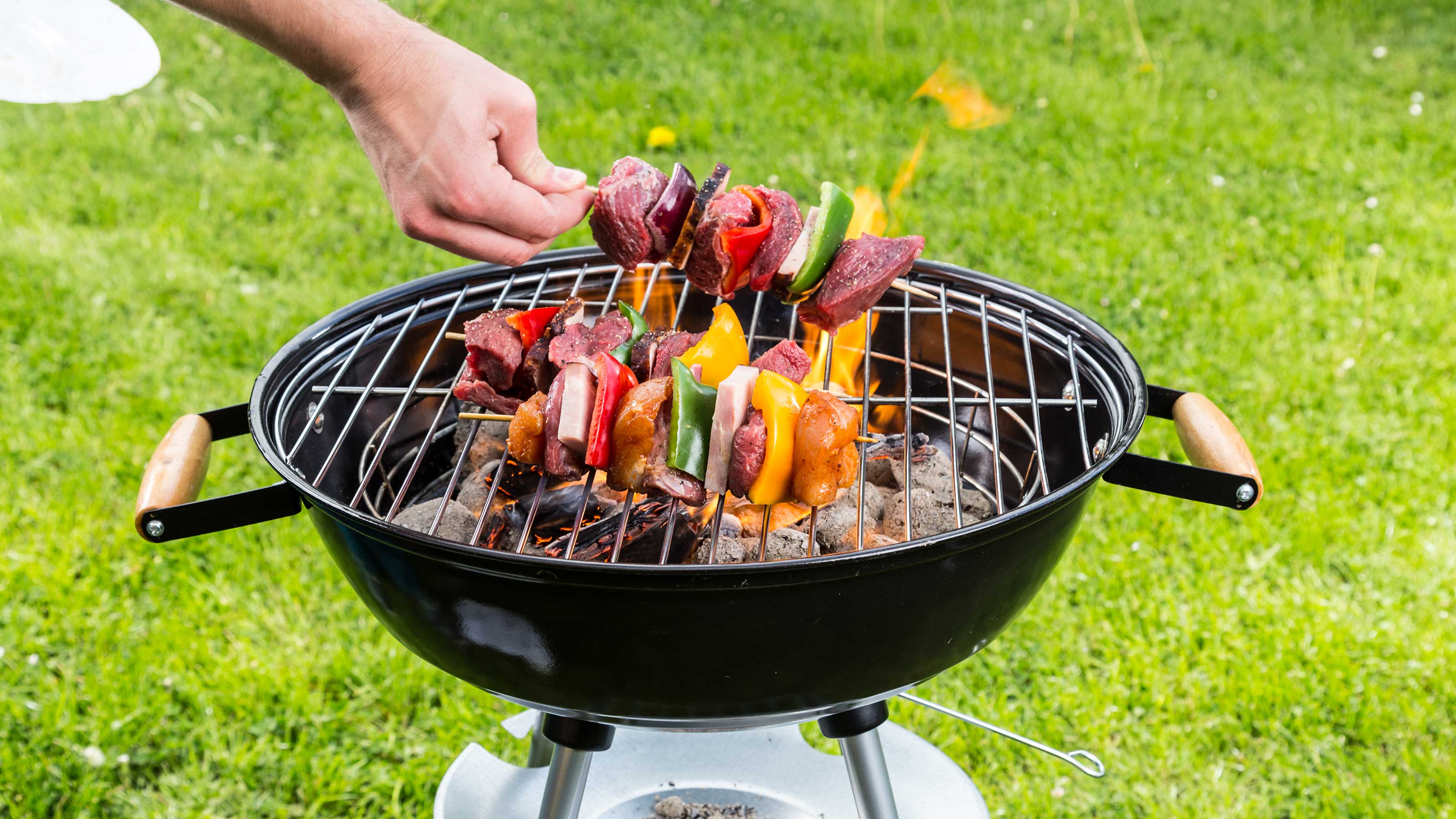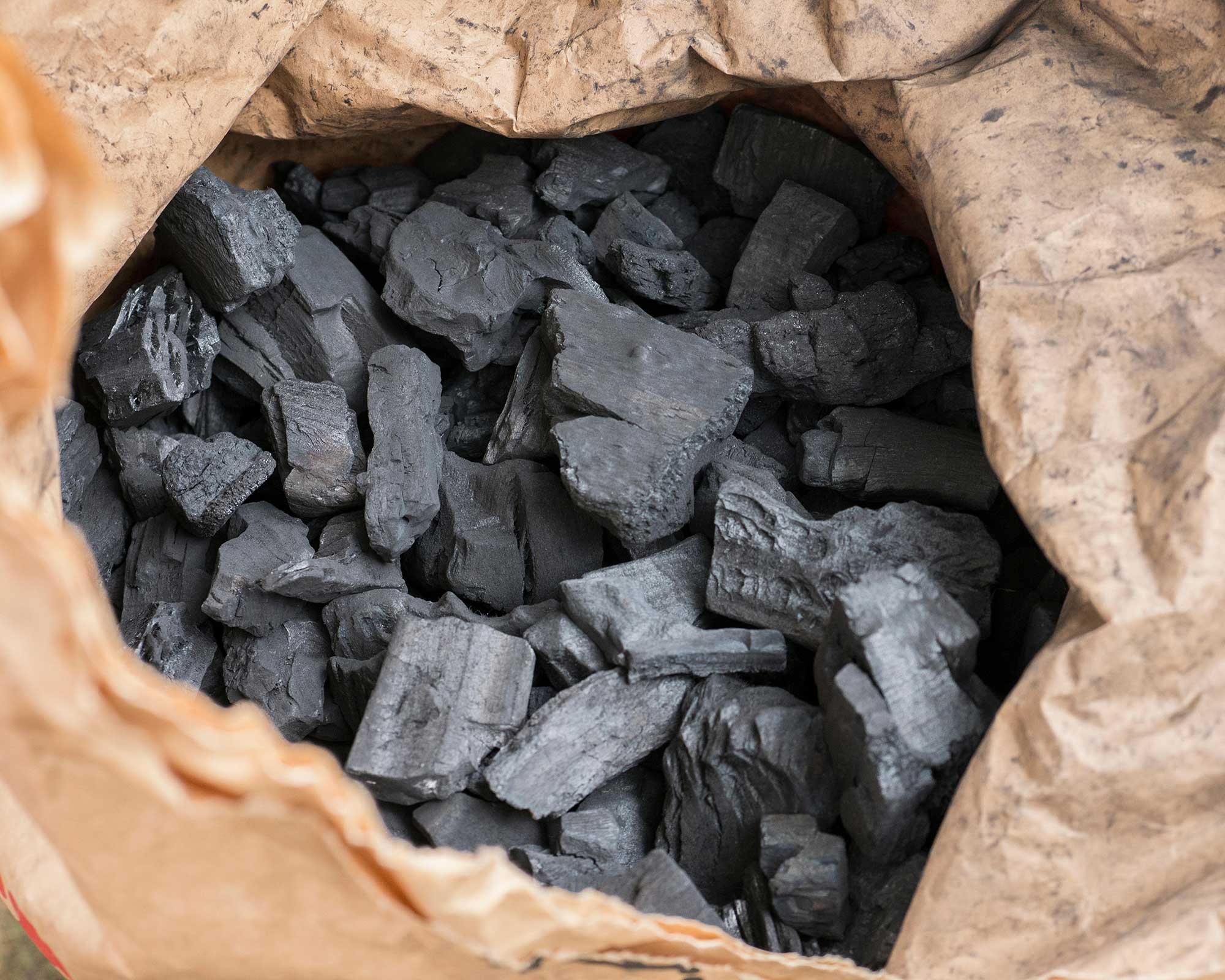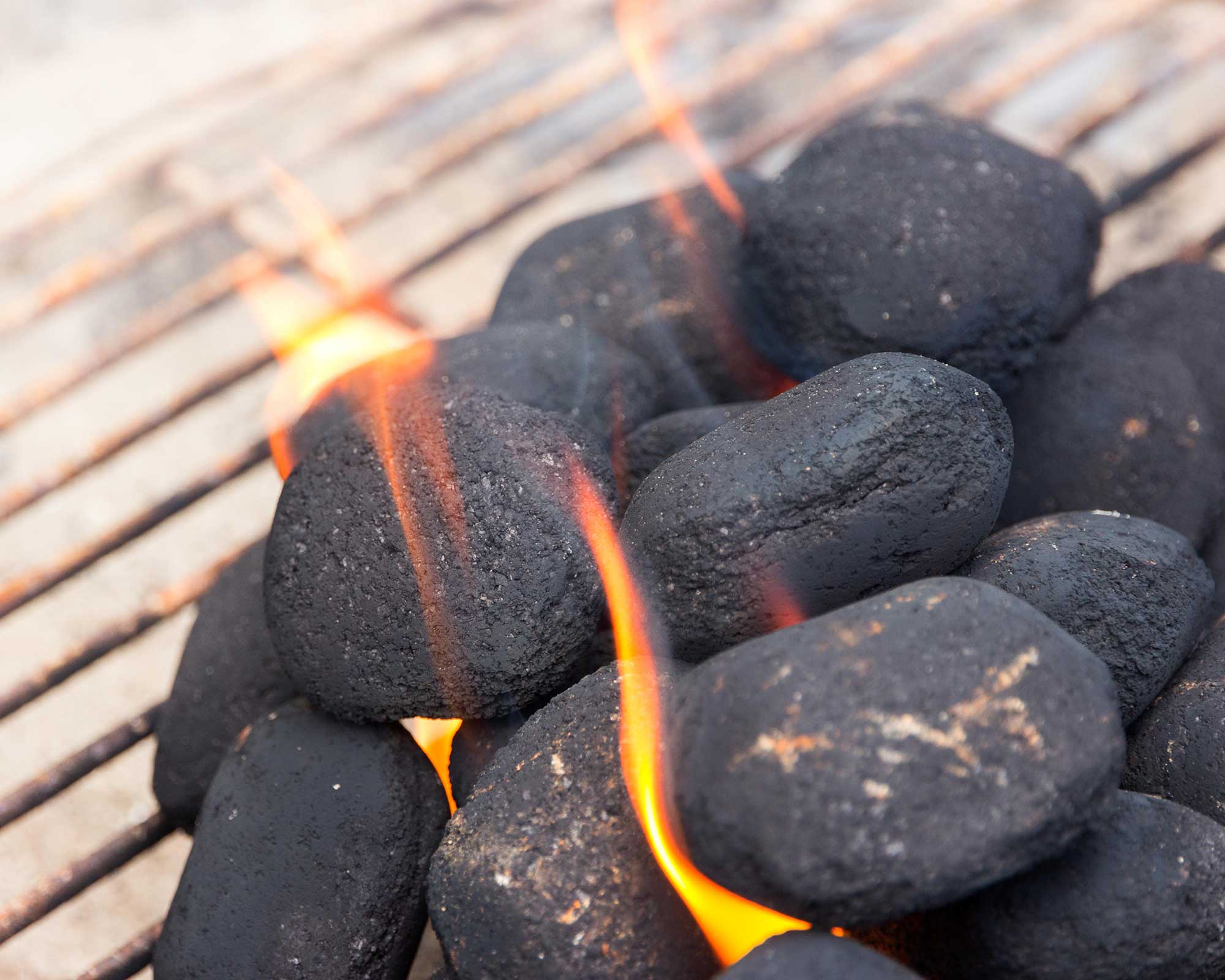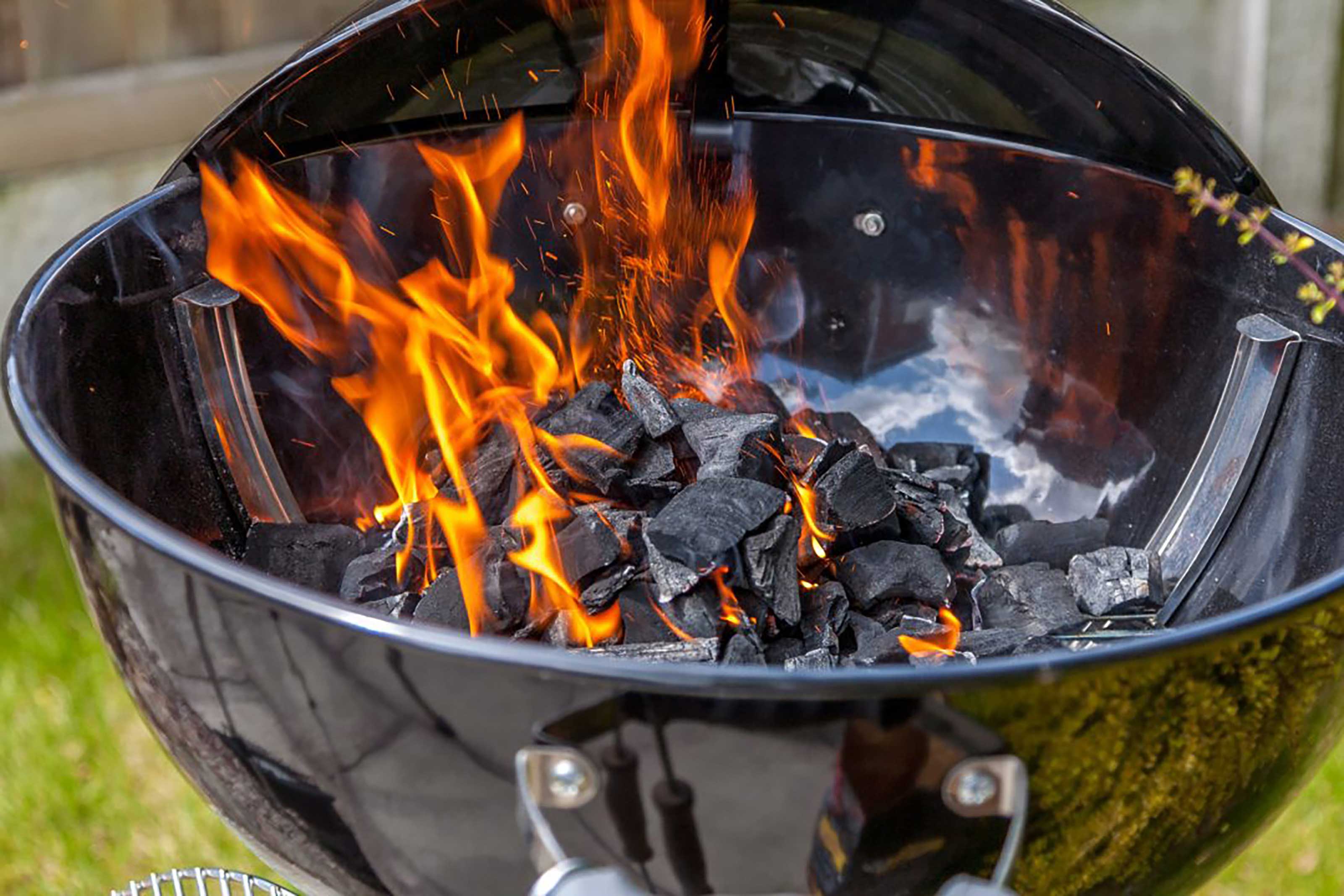Lump charcoal vs briquettes: get the lowdown in time for your next BBQ
When it comes to lump charcoal vs briquettes, there are pros and cons for each – our guide explains all


Lump charcoal vs briquettes – do you know the difference? And which is best for your outdoor grilling escapades?
This traditional way of barbecuing – as opposed to cooking over gas – is hard to beat for that delicious, smokey flavor. But when it comes to weighing up charcoal and briquettes, there are some distinct pros and cons of each.
So if you're ready to up your alfresco cooking game, now could be the time to invest in one of the best BBQs and get the lowdown on the best fuel to use – we're here to help.
The pros and cons of lump charcoal vs briquettes
We've rounded up plenty of expert tips explaining exactly what each type of fuel is, so you can make your decision easier. Combined with our grilling tips, you'll be hosting the most memorable BBQs on the block in no time.
What is lump charcoal?
Lump charcoal is made from uncompressed material – usually cherry, coconut shells, mesquite, and tamarind, explains the team at Char-Broil.
Graham Clarke, an expert from Amateur Gardening, adds that these pieces are slowly burnt in an industrial process, without any oxygen present. This removes all the natural chemicals, sap, and moisture. 'It basically becomes just lumps of carbon,' he says.
Its plus points include its high burning temperature, Graham continues. What's more, it is 'surprisingly "clean" – you can cook meat directly on it.' It also leaves very little ash, meaning it'll make cleaning your BBQ easier.
'However, it is more expensive and burns out quicker,' he adds.

What are briquettes?
'Briquettes are made from sawdust and leftover wood,' explains Graham. 'Binding agents (and sometimes lighting fluids) are added, and the pieces are molded, before being slowly burnt.'
In a battle between lump charcoal vs briquettes in terms of how much heat they can produce, briquettes are inferior. They also heat up slower than lump charcoal. This means food can take longer to cook when using briquettes as fuel.
'Also, many people reckon they can smell the additives in the briquettes – and sometimes even taste them (particularly with cooked light-tasting foods, such as fish and chicken),' says Graham.
On the plus side, briquettes stay hotter for longer than charcoal, explains Weber. This means you can use fewer of them. Combine briquettes with our tips on how to keep a charcoal grill hot, and you can have a more economical BBQ – especially as they're cheaper to buy anyway.

Which is best for your BBQ – lump charcoal or briquettes?
Lump charcoal is a good choice for low and slow cooking methods, as it's more difficult to distribute evenly, explains Char-Broil. Meanwhile, due to their uniform shape, briquettes make the heat easier to regulate, the team says. This makes them ideal for quick-cooking food, such as steak.
As mentioned, if you're on a budget and love to host BBQ parties regularly, briquettes tend to be a cheaper option than lump charcoal.
And then there's the factor of chemicals. Arguably the king of barbecues is Craig 'Meathead' Goldwyn from Florida, USA, and he reckons lump charcoal is by far and away the best. 'It contains no lighter fluids or additives,' he says. 'Using lump charcoal means fewer chemicals in your cooking.' He treats barbecuing as a science, and has written and toured extensively to encourage good practice – so is definitely a good source of authority on the matter.


The garden was always a big part of Holly's life growing up, as was the surrounding New Forest where she lived. Her appreciation for the great outdoors has only grown since then. She's been an allotment keeper, a professional gardener, and a botanical illustrator – plants are her passion.
